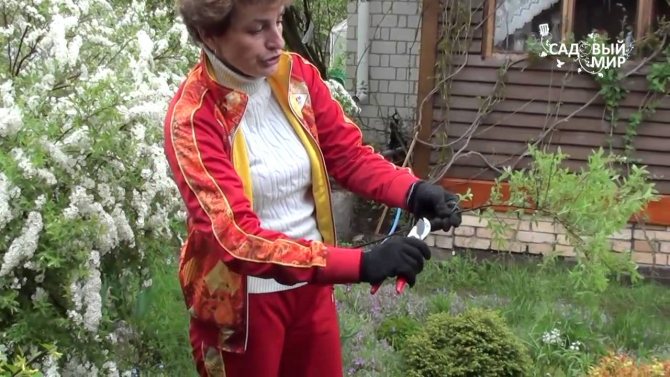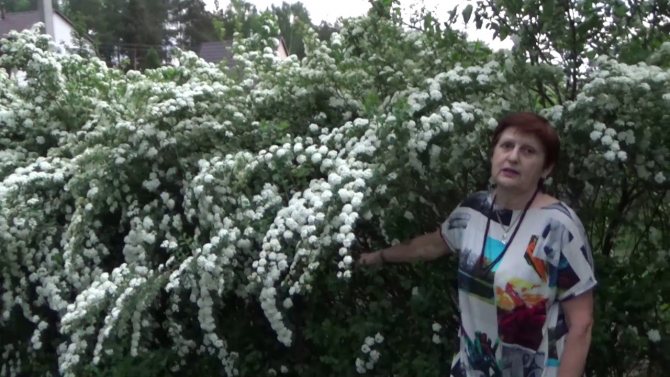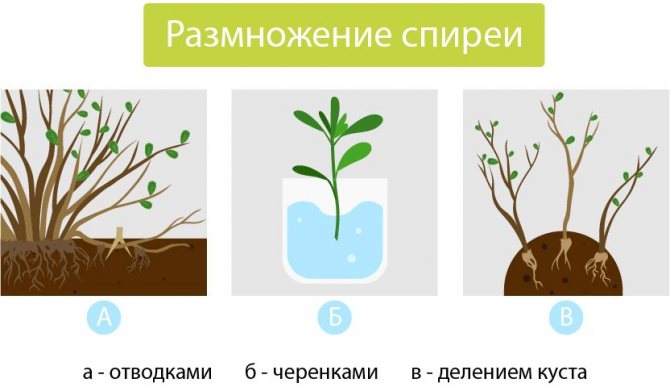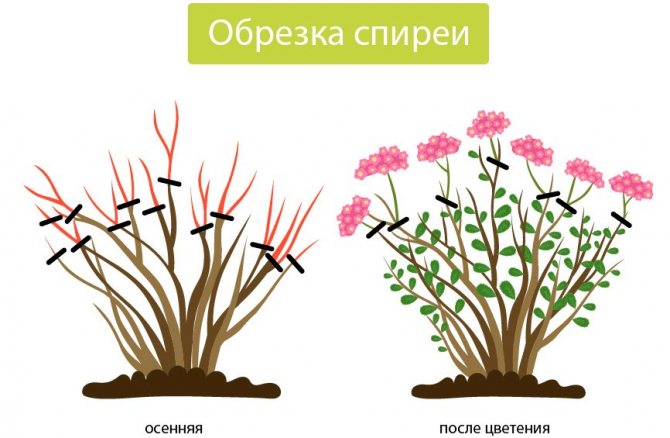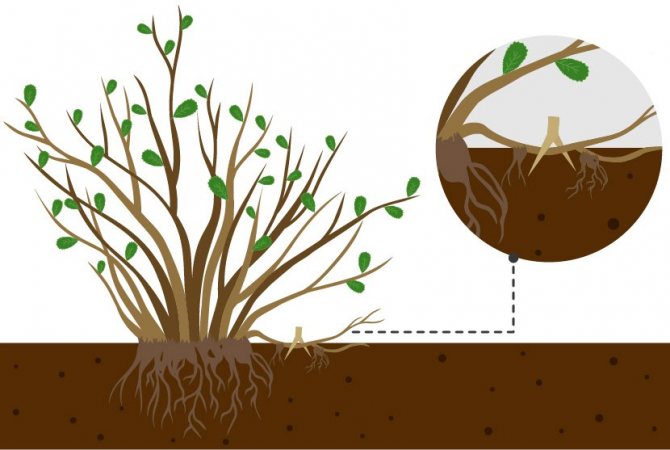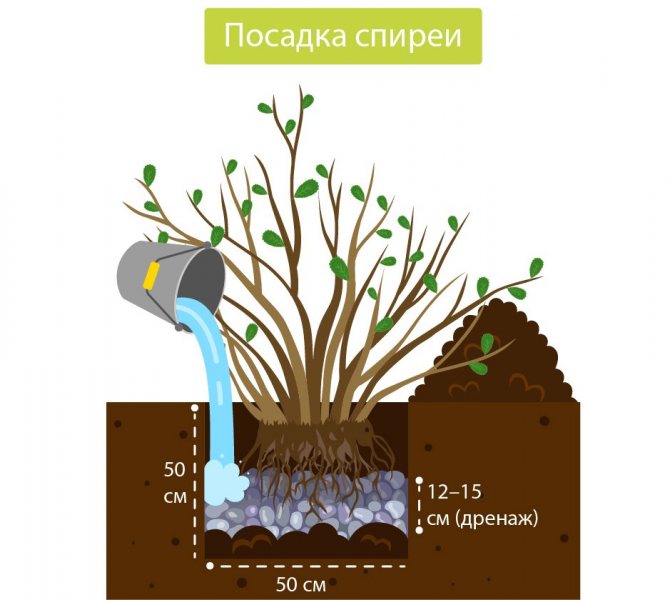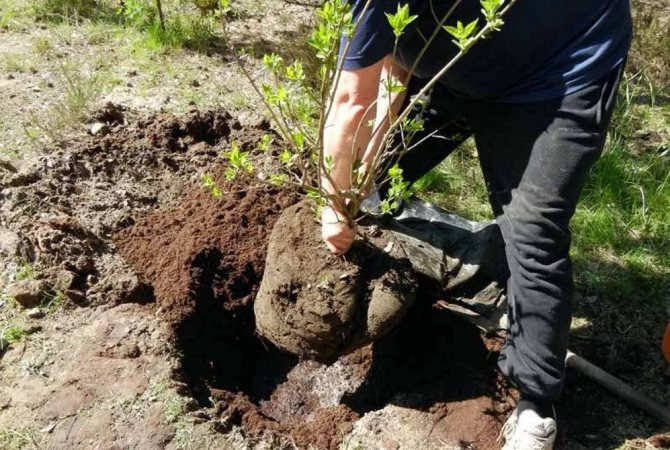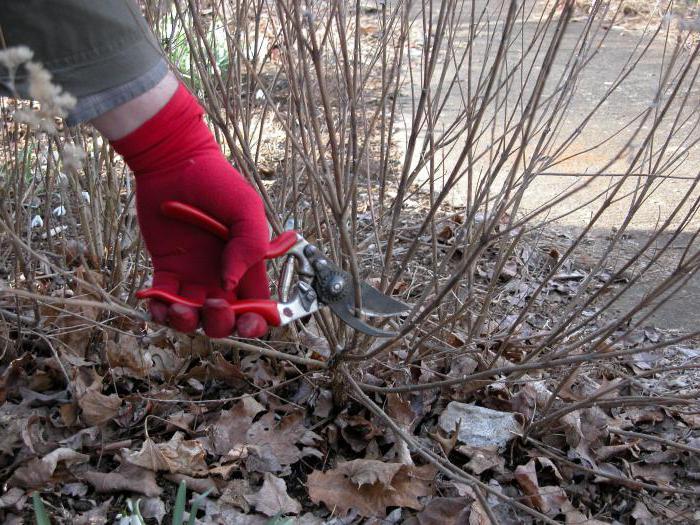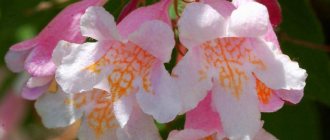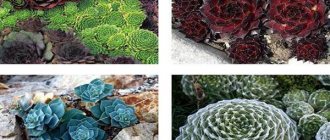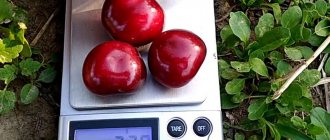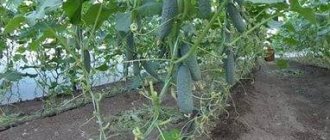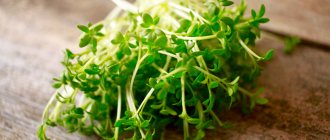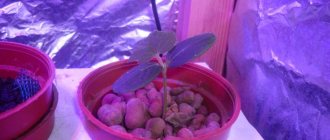When choosing plants suitable for decorating a garden, designers most often give preference to those that have a spectacular appearance and do not require complex and long-term care. These plants include Billard's Spirea. It is ideal for decorating any garden. Today you can get to know him in more detail. Below is a detailed description of the variety, as well as the features of planting and caring for the plant in the open field (photos are attached).
Spirea Billard: description and characteristics of the plant
Spirea is traditionally considered a steppe, as well as a mountain dweller. You can find this original and bright plant, mainly in America and Northern Europe, Asia. On the territory of Russia, the plant is represented mainly in the Caucasus Mountains.
This plant was known to the ancient Slavs. But if earlier Spirea was used as rods for cleaning rods, now it can be found only in nature reserves or in garden plots.
Spirea is considered a real decoration of any garden, and this is not surprising, because the flower has an incredible variety of shapes and shades: the plant can have a pyramidal, rounded or cascade shape. The color of the leaves has a rich palette: it ranges from pale green to unusual silvery. In the autumn - from yellow shades to purple and purple.
16 excellent varieties of plums for the Moscow region
Spirea blooms generously, beautifully and for a long time. Its flowers are represented by small, but lush inflorescences of all kinds of colors: from white to rich lilac and raspberry.
Depending on the flowering time, Spirea is divided into 2 main varieties: summer and spring. The period when the plant blooms depends to a large extent on when it was planted and when the bush was pruned.

Billard's spirea is one of the most popular plant varieties among gardeners and landscape designers due to its unpretentiousness in growing conditions, as well as its unique ability to withstand the effects of low temperatures (for this reason, the variety is very often grown in the harsh northern regions).
Luxurious raspberry and pink inflorescences of Spirea Billards are held on giant stems that reach 3 m in height, grow quite large (about 20 cm in length) and carry a delicate honey scent throughout the garden. Despite the dense and lush blooming inflorescences, the variety does not bear fruit, so the plant can only be used as a decorative element in the garden. The main thing is to carry out spring pruning of bushes on time.
Summary table of the best varieties of spirea.
displayed in the table () for the convenience of selecting the type of spirea you need.
With the skillful selection of varieties, you can achieve continuous flowering of spirea from spring to autumn, get the desired color scheme of inflorescences and leaves, and the height of the shrub. In addition, spirea is a wonderful honey plant. Spiraea is unpretentious, frost-resistant, multiplies easily, grows quickly, lives for a long time.
The table can be sorted by columns so that you can select the parameters: flowering time, height of the spirea bush, color of leaves and inflorescences - the choice is yours.
Features of planting in the open field
The plant is very fond of fertile well-drained soil.Otherwise, the shrub, of course, will not die, but it will not grow as luxuriantly as possible. Before planting the plant, it is necessary to dig up and loosen the soil properly. If it does not differ in fertility, you can try to improve its composition by feeding it with a mixture of turf, sand and peat (in a ratio of 2: 1: 1).
Advice. Despite the fact that the plant tolerates the lack of enough sun quite well, it is better to choose a sunny and warm area in the garden for planting it.
After preparing the site, you should also properly prepare the plant for planting. First of all, carefully inspect the seedling and, if necessary, remove excess shoots, as well as damaged stems.
Flower bed design. TOP 10 simple and effective techniques
Most often, seedlings are sold with a small earthy clod, which should not be removed. A couple of hours before planting, gently water the seedlings with water and immediately before planting, carefully remove them, along with a lump, from the container.


The landing of Spirea is carried out as follows:
- Prepare grooves in the soil (they should be about 40 cm wide and about 30 cm deep).
- Place each seedling in the hole so that the root collar remains on the soil surface. Spread out the roots thoroughly.
- Gently cover each hole with nutrient-dense soil (be sure to add some compost to it).
- Water the seedlings thoroughly.
Be sure to provide good drainage to the soil at first. It can be made from fine sand and finely crushed bricks.
Reproduction
After letting your spirea grow and reach 4 years of age, you can start breeding the variety you like. Remember that Billard is a hybrid, which means that her seeds will give heterogeneous shoots, and the seedlings obtained by this method will not inherit the qualities of the parent. Vegetative propagation allows you to maintain intact all the properties of the mother plant and, moreover, significantly reduce the time required to prepare for planting a seedling.
In this regard, the fastest way is to root by sprinkling branches that are not separated from the bush. To do this, press those of them that have just begun to dissolve the leaves to the ground so that the section of the trunk is completely immersed in the soil, in a groove previously dug out. You can fix the structure with a wooden spear, wire, stone.
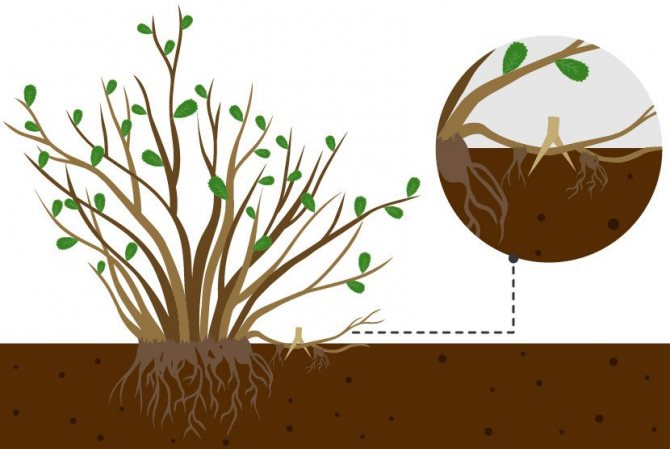

Water abundantly and wait for rooting to occur. It is possible to cut the lashes from the mother bush only after stable rooting and the appearance of the first independent shoots. But from one branch you will get 3-4 strong seedlings. The second equally effective method is grafting.... Sections of stems are harvested from the top or the middle of semi-lignified, not very old branches.


The length of each is 8–12 cm, the bark is clean, even, without flaws and mechanical damage. Before immersing the cuttings in the soil, you can process the lower cut with Kornevin, and after 3-4 months the first roots will appear. This option is slow, but attractive in that it makes it possible to prepare a lot of planting material, for example, for a hedge. Whichever method you choose, it is useful for young plants to remove the first inflorescences so that more strength and nutrients go to the formation of roots.
Plant care
Since the plant is quite unpretentious, it does not require complex and frequent care: it is enough only to provide it with moisture in time, carefully monitor the condition of the soil (loosen it in time and remove all weeds).
If the plant has been recently planted, it should be mulched with a layer of peat about 7 cm thick.In the future, mulching should be carried out every autumn (near the stem) to protect the plant in the cold season, because its roots are located close enough to the surface of the earth. You can use peat, compost, even walnut hulls.
The first work should begin with the arrival of spring. First, you need to properly nourish the soil. For these purposes, a universal kemira is usually used (about 120 g per 1 sq. M of land).
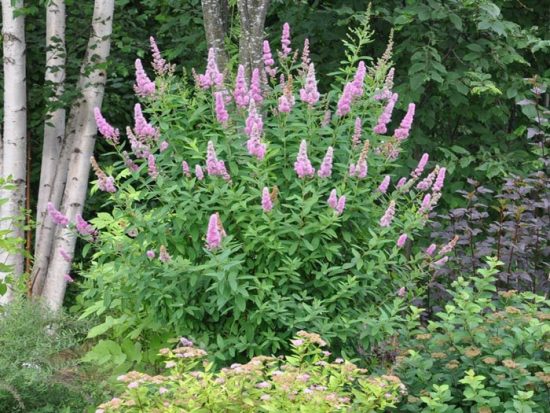

As for pruning, in no case should it be carried out until the plant is 4 years old. During this period of time, Spirea will only gain strength and grow in all its power. In the spring, it is necessary to remove all shoots from the age of 4 years, leaving only those that are located at a distance of about 30 cm from the surface of the earth.
Read also: Planting onions in the spring on the head: when and how to plant onions
Diseases and pests rarely disturb the plant, and if properly cared for, they are unlikely to visit your garden at all. Nevertheless, sometimes Spirea suffers from an invasion of pests.
- Spider mite. As soon as you find at least a couple of individuals of this pest on the leaves of a plant, you must immediately begin to fight it. For these purposes, karbofos, akrex, etc. are most often used.
- Aphid. Most often appears at the beginning of the growing season. Granular pyrimor or kronefos will help fight aphids. By the way, the leaf roll can also be destroyed using these tools.
In general, as you could see, Billard's Spirea is a rather unpretentious plant, and with proper care it will become a real decoration of your garden. Good luck!
How to protect spirea from pests
Almost all species of this shrub in forest-steppe and steppe conditions are threatened by approximately the same pests. This is, for example, aphids, which suck out all the juices from young shoots and leaves of a plant. Moreover, these pests form large colonies, especially in the period from June to August, so it is not easy to deal with them. As a rule, chemical methods are used for this. For example, the use of granular pyrimor is considered effective to control aphids. It is introduced into the soil to a depth of no more than 5 cm in April. The same means can destroy other pests.
For most shrub varieties, this is the Rosaceae miner and leafworm. The first one appears at the end of June on the upper side of the leaves - then it can still be seen, but after a month it goes into the soil, and the harm from it becomes even greater. The leafworm damages the leaves of the plant, on which it appears at the end of May. These are caterpillars that gnaw out several leaves at once, pulling them into tubes.
A spider mite is considered a more dangerous pest. Females of this insect hibernate under fallen leaves, and in May they move to the underside of young leaves and weave their webs there. From this period until the end of the season, 8-10 generations of pests can appear on one plant. Even on a small leaf, up to 300 individuals live, which is why the shrub stops blooming, dropping both buds and leaves. Pests feel especially good in dry summers. Phosphamide and karbofos help fight spider mites. The sooner you start to process them, the better so that the pests do not have time to multiply.
Botanical description
The plant has good growth, the bush reaches two and a half meters in height. Shoots are straight, stretch upward during growth, forming a dense, rounded crown. At the base, the shoots are lignified, without foliage, ribbed, gray-brown in color. Young branches are flexible, densely covered with bright green foliage, the color of the bark has a reddish tint.
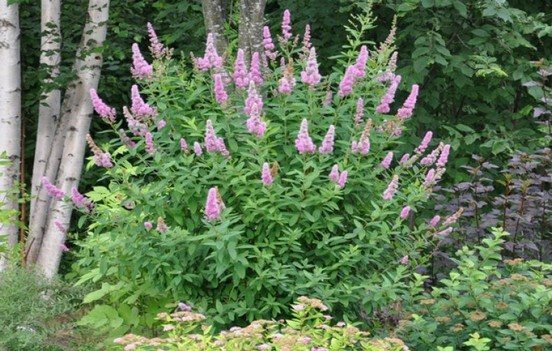

Leaves are elongated lanceolate up to ten centimeters long with a distinct central vein, glaucous from the bottom.
The bush blooms at the end of July, the flowering period is long (up to October inclusive, sometimes until the first frost). Pyramidal inflorescences on a long peduncle are dotted with small flowers with five rounded petals and long filaments, giving the inflorescence a fluffy appearance. Inflorescences are painted in bright pink color.
Due to its hybrid origin, Billard's spirea does not bear fruit. But the long flowering period and large (about 20 cm in length), lush inflorescences more than make up for this deficiency.
The most famous varieties of this species:
- "Pink" (pink tips);


- "Triumfans" (crimson flowers).


Use in landscape design
Spirea is one of the most used plant in decorating garden and park areas: it blooms spectacularly, does not require any special delicacies and lends itself well to a shaping haircut.
The shrub is ideal as a hedge, zoning of the territory, since it can reach a height of more than two meters. An interesting decision will be to plant several varieties in the form of an alley.
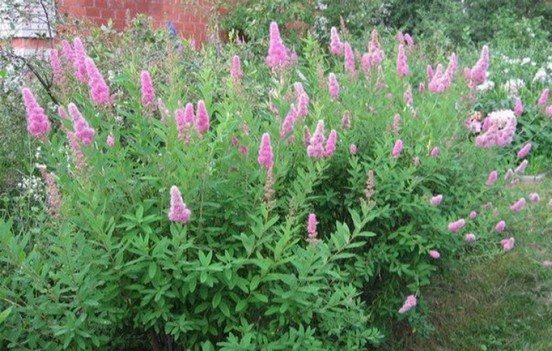

It can be the center of a composition of ground cover herbaceous plants and stone sculptures, refresh the shore of an artificial reservoir, giving it a more naturalistic look.
The shrub is beautiful both in single and in group planting, its neighbors can be:
Lush pyramids of inflorescences are in harmony with other summer flowers in fresh bouquets, and the honey aroma of the plant is unlikely to leave anyone indifferent.
Growing and caring for a plant
The key to success when growing a shrub will be the right place, time and adherence to the rules of planting and care.


Site selection and soil quality
Meadowsweet can grow in the shade, but fully unfolds in a sunlit place. The best for her will be loose, nutritious soils with a neutral or slightly acidic reaction. You should not plant a plant in a lowland where melt water or irrigation water accumulates, moisture stagnation is not desirable.
Landing technique
The meadowsweet is planted in spring and autumn, preferably in cloudy weather, if it is sunny, it is better in the evening. A couple of hours before planting, the seedlings are abundantly moistened. The root system of seedlings is fragile, therefore they are usually sold in containers, and when planting, they do not shake off the adhering soil so as not to damage the shoots.
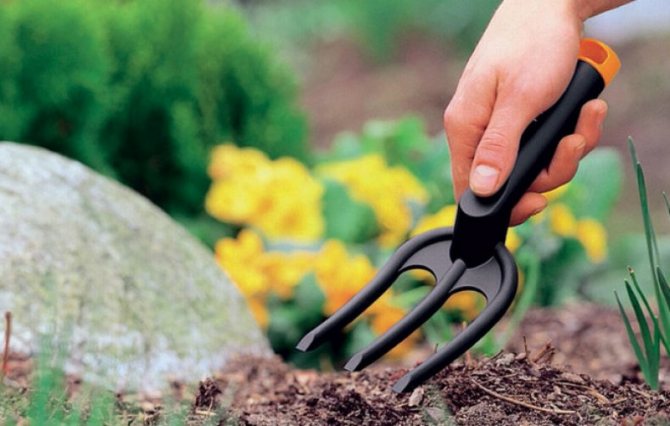

The landing pattern is as follows:
- The hole is dug with dimensions 40x30, the depth should be one third more than the volume of the root system.
- Prepare the substrate: two parts of sod land, one part each of leafy soil, peat and sand.
- Drainage is placed at the bottom, a third of the substrate is poured, a plant is laid on a mound, and the roots are straightened.
- Sprinkle with the remaining soil mixture, so that the root collar is level with the ground.
- At the end of the procedure, abundant watering is carried out.
Watering and moisture
Spirea can do without watering, subject to regular rainfall. In another case, she needs moderate watering, without waterlogging. To retain moisture, it is better to mulch the near-trunk circle with sawdust or peat.
First, loosen the soil, but carefully, since the root system of the plant is superficial.
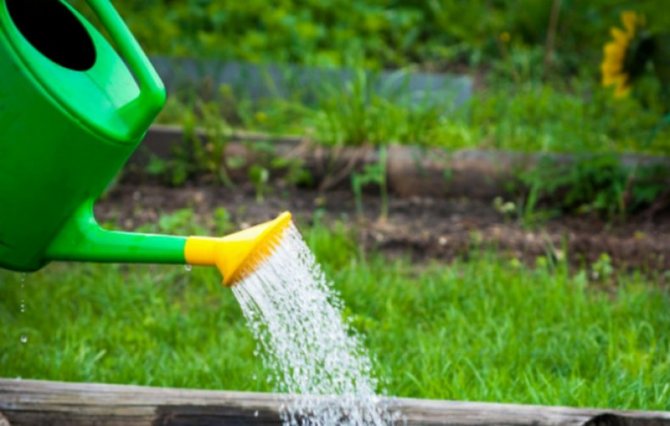

In early spring, for good growth, meadowsweet need to be fed with an infusion of slurry: a bucket of slurry is diluted with five buckets of water, adding five grams of superphosphate. After a period of flowering, subject to poor soil, fertilize with a universal mineral composition. Following the instructions.
Relation to temperature
Given the prevalence of the plant in the northern regions, it perfectly tolerates the harsh winter, however, in the absence of snow, it is advisable to cover the near-trunk circle of the spirea with spruce branches so that the surface root system does not freeze out.
Read also: Growing oyster mushrooms as a business: reviews, photos
In especially cold regions, the bushes can be covered with special covering materials, although the bush can withstand frost down to -15 ° C.
Reproduction
Hybrid varieties are not propagated by seeds, they do it by cuttings or layering.
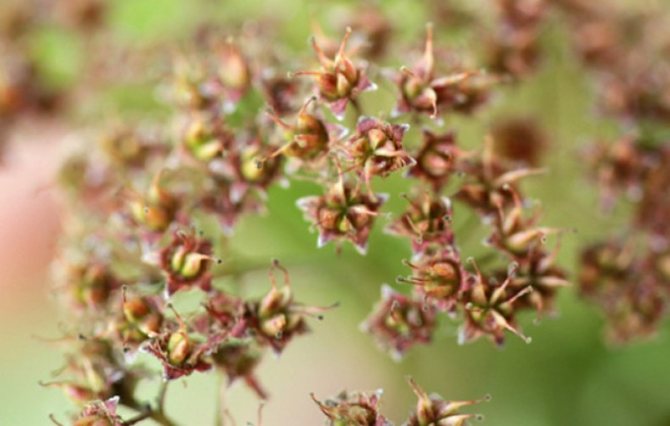

For the first method, the best time is the end of June. Semi-lignified shoots are cut, about 10 cm long, rooted in a mixture of sand and peat in equal parts.
It is necessary to ensure that the rooting substrate is always slightly damp. In the fall, before the onset of frost, the cuttings find a permanent place in the garden.
In the second method, a strong shoot is tilted to the ground, placed in a dug groove and pressed with a bracket. Pinch, cover with soil and dry foliage. The following spring, the rooted shoot is transplanted to a permanent place.
Pruning rules and other recommendations
Forming and sanitary pruning is carried out in the spring, before the juices begin to move in the branches. Broken, weak shoots are removed, all shoots are shortened to a blooming bud.
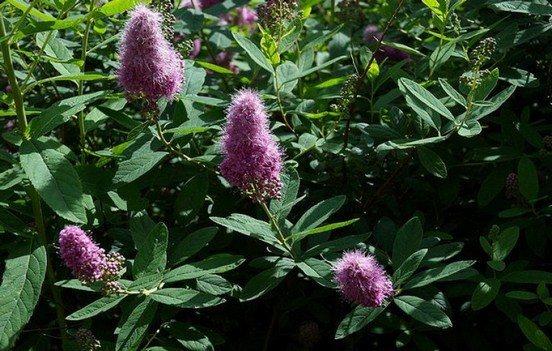

During the formation of the crown, shoots are removed, which thicken it, grow inside the bush, and interfere with flowering branches. They shorten the shoots that are knocked out of the total mass, giving the crown a neat look.
Experienced gardeners recommend pruning thirty centimeters above the ground annually. Remove old branches under a stump, regularly remove root shoots so that shapeless thickets do not form.
Pests, diseases and prevention
Billard's species, like all hybrid plants, has absorbed the best characteristics of the parent varieties: "Douglas" and "Ivolistnaya". Among the characteristics are resistance to the main diseases of the species, as well as to insect pests.
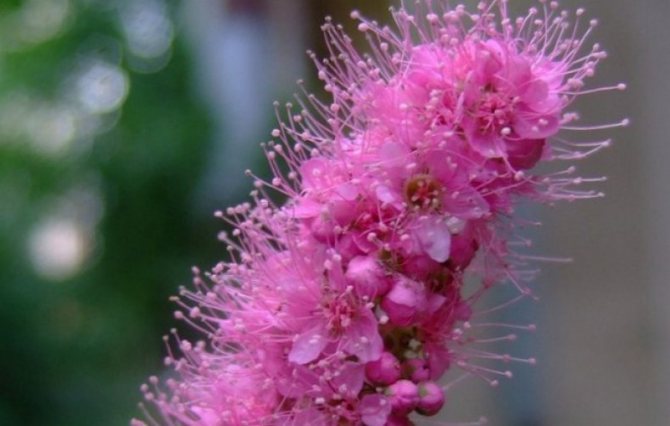

Prevention measures against those and others still will not be superfluous. In the spring, against fungal and viral infections, the bushes are sprayed with copper-containing preparations, for example, Bordeaux liquid. The shrub must be thinned out in time to avoid high humidity, which is an ideal environment for fungi.
From pests (aphids, leafworms, pink miner, spider mites), plants can be planted on the site that repel insects with their smell, for example, tansy or marigolds.
Pest treatments are carried out using insecticides and acaricides:
The general rule of prevention is the regular removal of weeds, cleaning the trunk circle for the winter, in the spring, timely sanitary pruning.
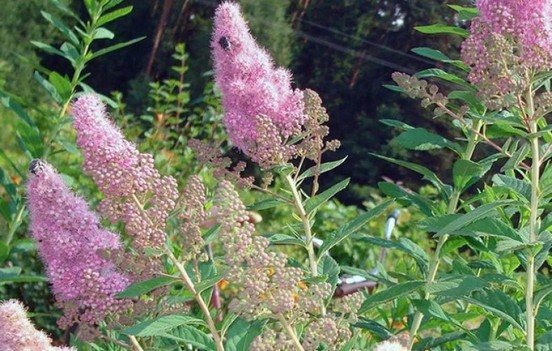

Spirea will take its rightful place in a large city park, and in a private garden, and on six acres of summer cottages. This plant, unpretentious from the point of view of care, will delight with its large and bright inflorescences throughout the summer season until late autumn if we take into account the varietal characteristics and plant several varieties.
Watering
Due to the shallow root system, the spirea does not tolerate drought well, therefore, during the dry season, it needs moderate watering: twice a month for each bush, 15 liters of water. The plant also needs plenty of water after pruning.
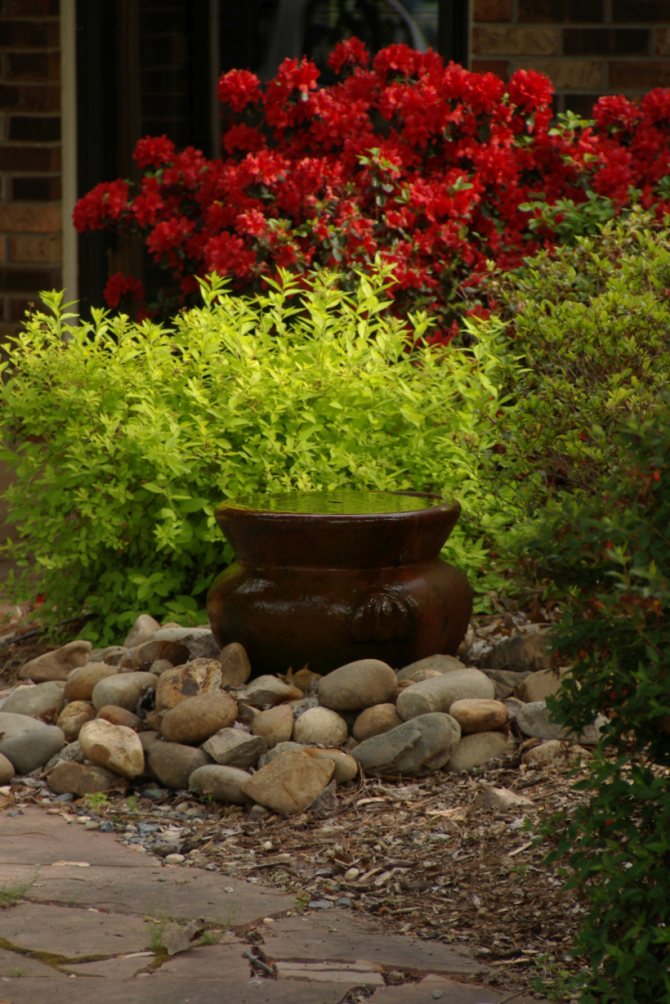

Japanese spirea and azalea in the garden with an Asian flavor
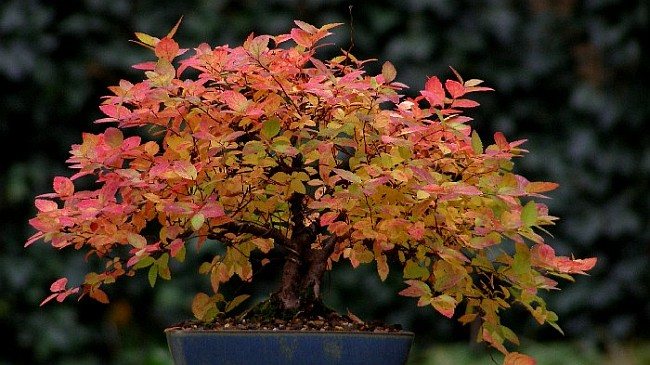

Due to the beautiful color of the leaves, miniature spirea varieties are also popular for creating bonsai.
Description of varieties
In total, there are about 100 species of this shrub. The plant is unpretentious, but requires planting in high-quality, fertile soil. Some species are frost-resistant and drought-resistant.
Depending on the species, spireas can be very different, they have different shapes and shades, some may even change their color as the season changes. There are spring and summer spireas. The spring species blooms much less in time.
The flowering time of the summer spirea is longer, and the flowering is more abundant. The plant begins to bloom in the third year of life. Moreover, the first flowering will be rather scarce - it may be just a few flowers. Spring spireas bloom, as a rule, in all shades of white.... Spring shrub is distinguished by its splendor.
Summer spireas bloom, respectively, in summer. Inflorescences bloom at the tips of the branches.The shrub is used for various purposes: in landscape designs, in parks, in hedges, even for medicinal purposes.
The brightest representatives of the type of spire:
- spirea willow;
- billard;
- douglas;
- Hypericum.
Each type of shrub is beautiful in its own way and has its own individual characteristics.
Appearance
Spireas can spread along the ground, can be lying, spreading and erect. Shades can be completely different. The bark on the bush may flake off. The root system is usually lumpy.
The leaves of the plant can be of different shapes - from willow to rounded. They are located alternately one after another.
Small flowers, gather in large inflorescences. Inflorescences can be located at the ends of branches or along the entire length of the shoot. You can propagate a shrub in 4 ways:
- layering;
- cuttings;
- seeds;
- dividing the bush.
Reproduction is easy, without any difficulty..
Spirea wavy
This representative of meadowsweet prefers moist soil, so in nature it prefers to grow in swampy places or at river estuaries.
The plant is a tall, about 2 meters in height, upright shrub. The leaves of the plant have sharp tips, green, not very large. The flowers are pale pink, collected in inflorescences. Each inflorescence is approximately 15-20 cm long. These are lush, frost-hardy, viable plants. Willow spirea is one of the few plants with 100 percent seed germination. Survives well in urban environments. Does not react at all to atmospheric pollution with exhaust gases and smoke.
It begins to bloom around the end of spring, flowering continues until mid-summer. Often, the plant can bloom again, but the flowering will no longer be so abundant. Willow spirea feels comfortable in the climatic conditions of the middle zone.
Read also: Gooseberry - Kolobok: description of the variety, photos, reviews
Billard variety
As a rule, both experienced gardeners and beginners choose the most spectacular types of meadowsweet for planting. This type includes billard's spirea. The plant in nature prefers to grow in mountainous or steppe areas.
This species has various shapes and shades. Its shape can be round, cascading or pyramidal.
Foliage tends to change its color. It can be green or silver. In the autumn season, the bush changes the color of the foliage and acquires yellow, violet and purple leaf colors.
Flowering meadowsweet of this species, in comparison with other representatives, is long. It blooms with small flowers, which are collected in lush inflorescences. The flower can be from white to lilac and crimson. Like all meadowsweet, billard's spirea is divided into spring and summer. The plant tolerates frost perfectly, so almost all northern gardeners like to grow it in their garden.
Meadowsweet is completely unpretentious, it does not require any additional care. Spring pruning is the only maintenance condition.
Douglas species characteristics
An ornamental shrub belonging to the pink family can be found in nature in the desert, mountains, forests and forest-steppes.
The shrub grows up to 1.5 m in height, grows up to 2 m in width, upright, its shoots are red-brown in color. Leaves are oblong, lacent, up to 3-10 cm in length, silvery.
The shrub blooms with small pink flowers, which gather in small pyramidal inflorescences located throughout the shoot. The inflorescences cover the entire bush. Bloom lasts 45 days from July to September. The flower grows and develops well and quickly. Frost-resistant and unpretentious. After flowering, the plant begins to bear fruit. The meadowsweet begins to bloom at 3-4 years.
Meadowsweet is widely used for decorative purposes.It can be seen in landscape designs, more often in personal plots, in addition, it perfectly takes root in private pools or artificial fountains. It is planted on the edge of the reservoir, and thus the effect of natural beauty is created. Planting and care is no different from other plants of this species. The care requirements are the same as for other meadowsweet.
Spirea ashy or St. John's worm
Spirea St. John's wort is a decorative hybrid. Its second name is ash. During its flowering, the shrub is simply beautiful. The buds of this species of meadowsweet begin to form in the fall, so pruning is done immediately after flowering. In nature, it can be found in forest-steppes and steppes. The shrub can reach a height of 2 m. Its foliage is grayish. After 10-15 years, meadowsweet need to be rejuvenated. This can be done by cutting off all shoots to a hemp state.
Representatives of this species are frost-resistant, love the sun or partial shade, do not succumb to drought. The plant is pruned, grows quickly, not whimsically. The meadowsweet blooms with small white flowers, which gather in small inflorescences located along the entire branch of the plant.

